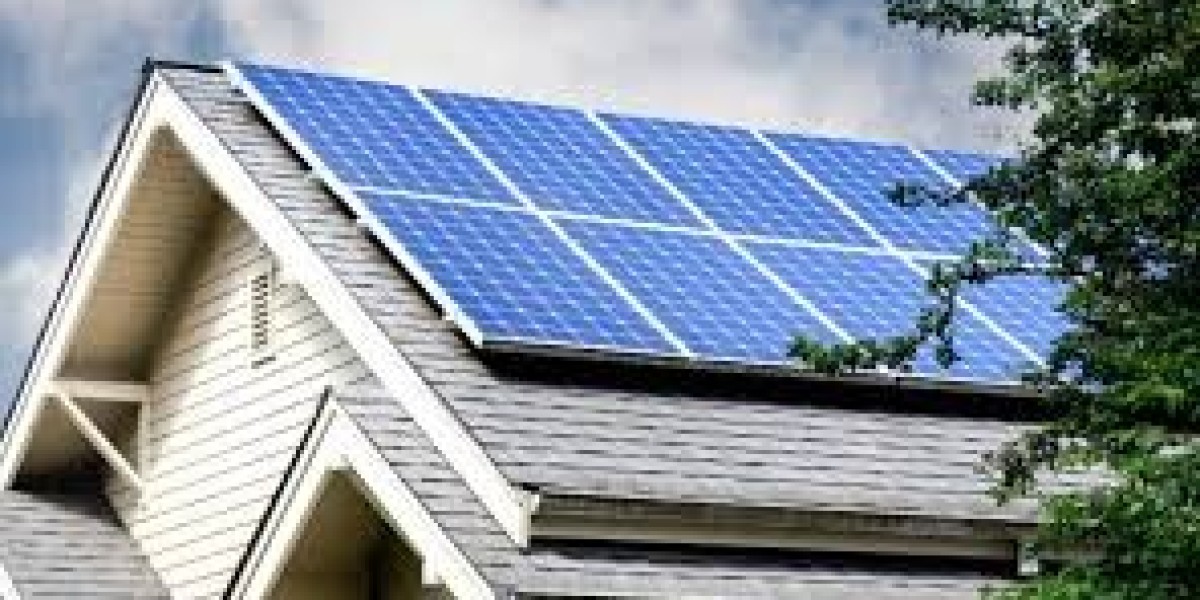Based on 2020 prices, global solar prices fell by an average of 13% per kilowatt-hour, as about two-thirds of new renewable power capacity installed last year was cheaper than the lowest-cost fossil fuel alternatives.
Despite significant increases in material costs, solar batteries prices and panel prices, the global solar levelised cost of kilowatt-hour electricity (LCOE) fell by 13% last year.
A new report released this week by the International Renewable Energy Agency (IRENA) says this is partly because many large solar projects around the world have long lead times and contractual clauses that limit cost increases. The result, according to IRENA's research, is a global cost of solar power of $0.048 / KWH. In 2021, China's solar LCOE again reached the lowest level of $0.034 / KWH; Australia's solar LCOE dropped significantly, to $0.042 / KWH, 21% cheaper than in 2020. Japan, meanwhile, saw a year-on-year decline of 17% to $0.086 / KWH.
India offers the world's second-cheapest solar power at $0.035 / KWH, which can be partly attributed to the country's lowest PV project cost in the world at $590 / KWH of installed power generation capacity, which is 6 percent lower than the price of solar farms in China. Solar power plant investment costs fell in most of the world's major markets in 2021, but policy uncertainty in pre-war Ukraine increased project expenses by 17% year-over-year, resulting in a solar LCOE of $1.117 / KWH.
Project costs also rose by 3% in Spain, reflecting the highly competitive unsubsidized power plants coming online in 2020 (but not on the same scale last year), when the average project development cost was $916 / kW and LCOE was $0.048 / KWH. Last year, Vietnam announced a solar LCOE of $0.046 / KWH, the cost of solar power per power unit in the United States is $0.055, and Turkey is $0.064.
The report's authors note that last year's subdued solar price increases could affect the market this year, leading to a 3 to 5 per cent increase in project costs in the world's 10 largest solar markets, or $20 to $60 per kilowatt of installed capacity. This translates into a 2 to 4 percent increase in global utility-scale solar costs and a 2 percent increase in global solar costs.
But the document also notes that this year's surge in the price of fossil fuels, particularly natural gas, has meant significant cost savings from last year's added - and thus far accumulated - solar capacity. "It remains noteworthy that over the past nine months we have not yet done more to accelerate the deployment of renewable generation in 2022," the report said.
IRENA estimates that new solar capacity last year reduced the cost of electricity generation by about $11.3 billion compared with today's fossil fuel costs, including $1.3 billion in savings in non-OECD countries. The report added that at current fossil fuel prices, these countries would have saved about $2.7 billion a year by adding solar power between 2010 and last year.
IRENA headline figures show that nearly two-thirds of the new clean energy capacity added in 2021 (about 163 GW) will be installed at a cost lower than the cheapest fossil fuel alternatives.







